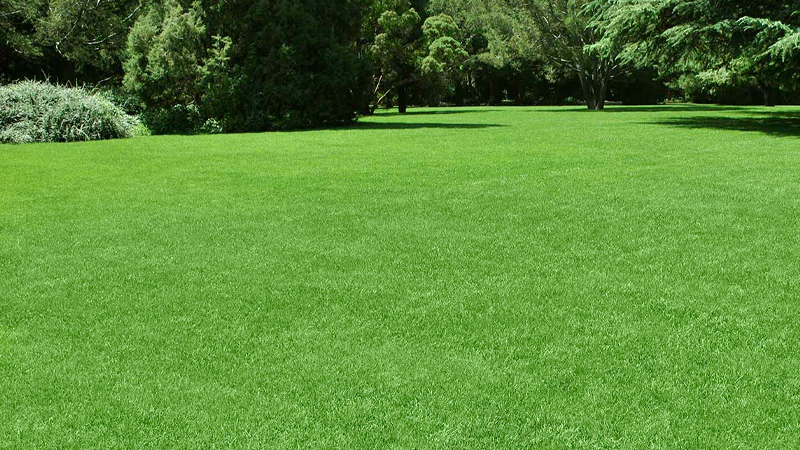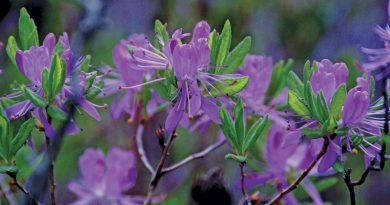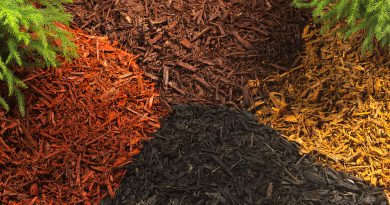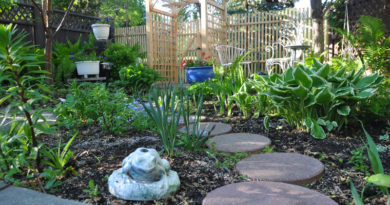Grass for your Lawn
Well-cultured lawns have several beneficial features. They filter and clean water and return it to the water table. In urban areas, healthy lawns significantly reduce water runoff into storm sewers. Even grass for the lawn is a plant, and it offers the same benefits to the environment that other plants do: it cleans, cools and moisturizes the air. It prevents soil erosion. It supports a diversity of insect life, contributing to the food chain.
In terms of design, grass acts as negative space – in a good way. It provides a resting place for the eye, a respite from the busier jumble of colours and textures that make up some flower borders. For function, it can’t be beat: there is no plant better able to survive foot traffic. If you’ve wondered how to reconcile your desire for a tidy lawn with your desire for a healthy planet, read on. We’ll show you how to get the green you want in the greenest way possible.
Grass types
The first rule of all sorts of landscaping is “the right plant in the right place.” There are a four genera of grass suited to our climate that are commonly used for lawns, and they vary in their tolerance of shade and foot traffic. Companies that package grass seed make it easy on the layman by providing mixes for different situations. Nonetheless, it’s interesting to know why each genus is in a mix.
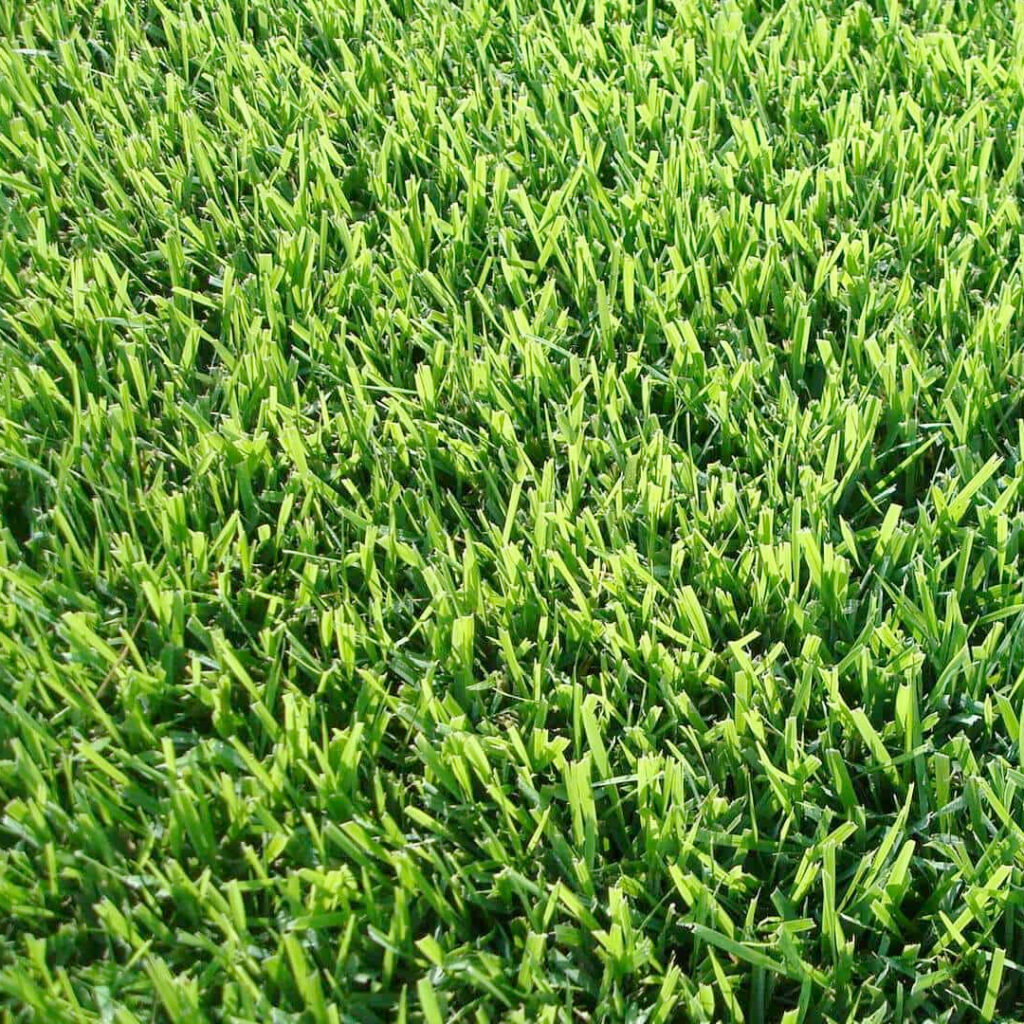
Kentucky bluegrass (Poa pratensis) is a cold-hardy, disease-resistant grass with a fine texture and deep green colour. Its spreading root system enables it to repair bare patches nicely. However, it is slower to germinate and it requires more watering than other grasses. It also fares poorly in shade.
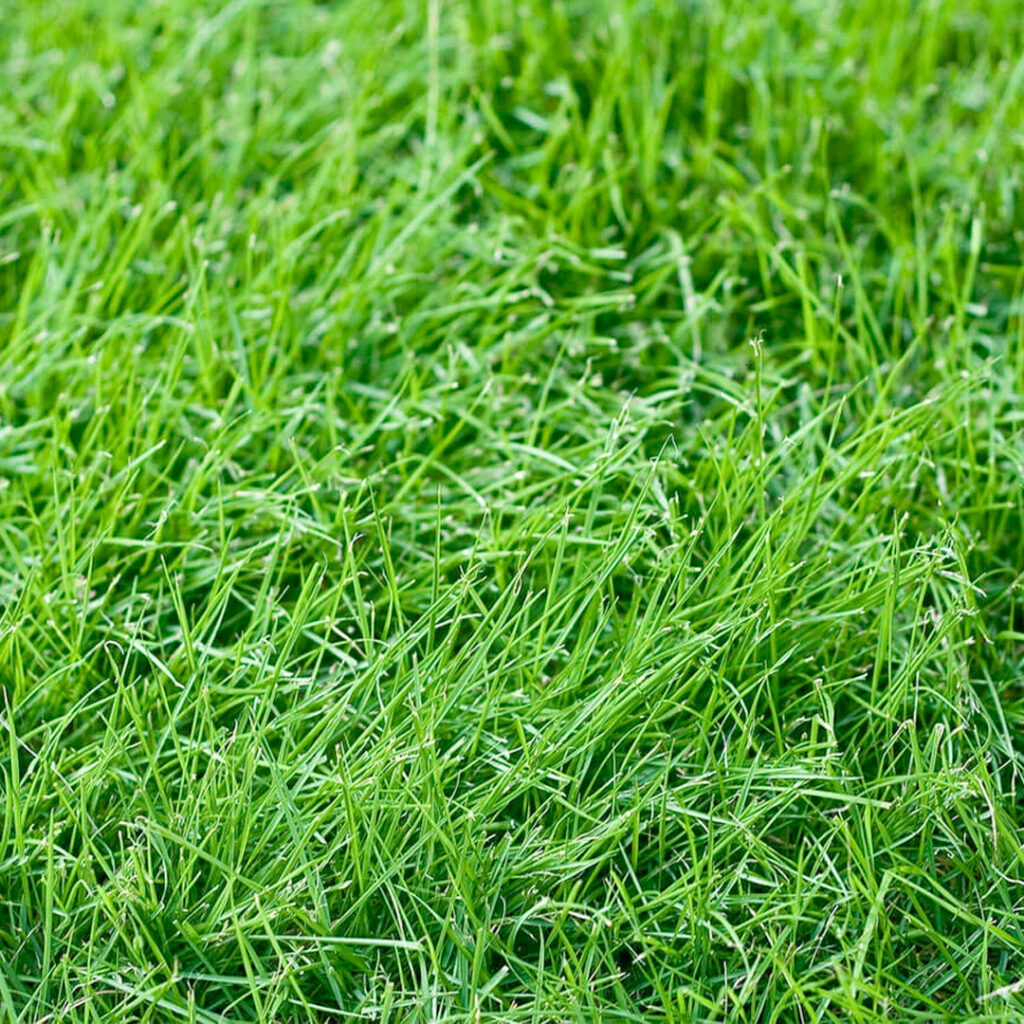
Fine fescue (Festuca) is also slow to germinate and doesn’t stand up well to heavy traffic. However, its shade tolerance is unsurpassed (for turf grass); it is drought tolerant and very winter hardy.
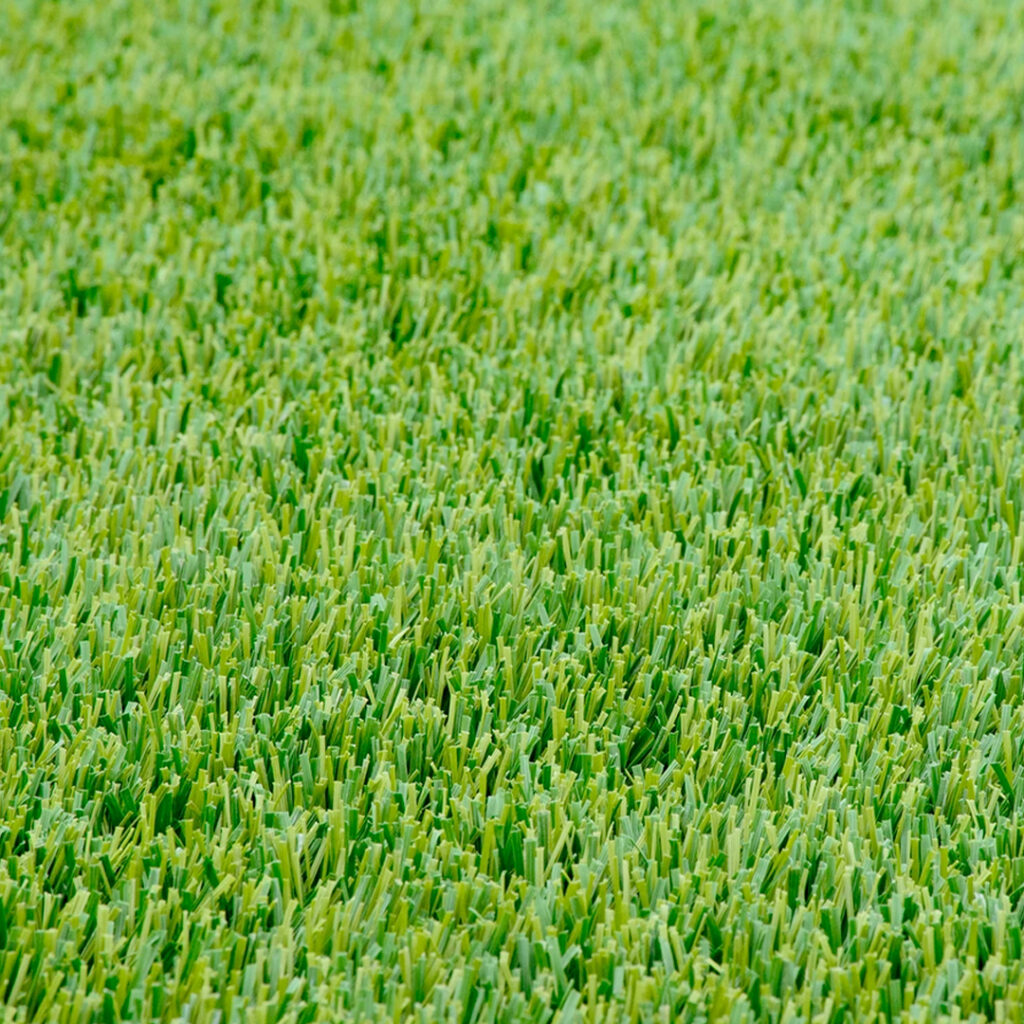
Perennial ryegrass (Lolium perenne) germinates quickly, has fine texture, good colour and is disease resistant. Its drawbacks are that it doesn’t do great in shade, it requires a lot of water and feed, and it is a clumping grass – it doesn’t spread by underground runners but appears in tufts. It also isn’t very cold-hardy; its quick germination gives it a place in Canadian grass mixes where it works as an annual.
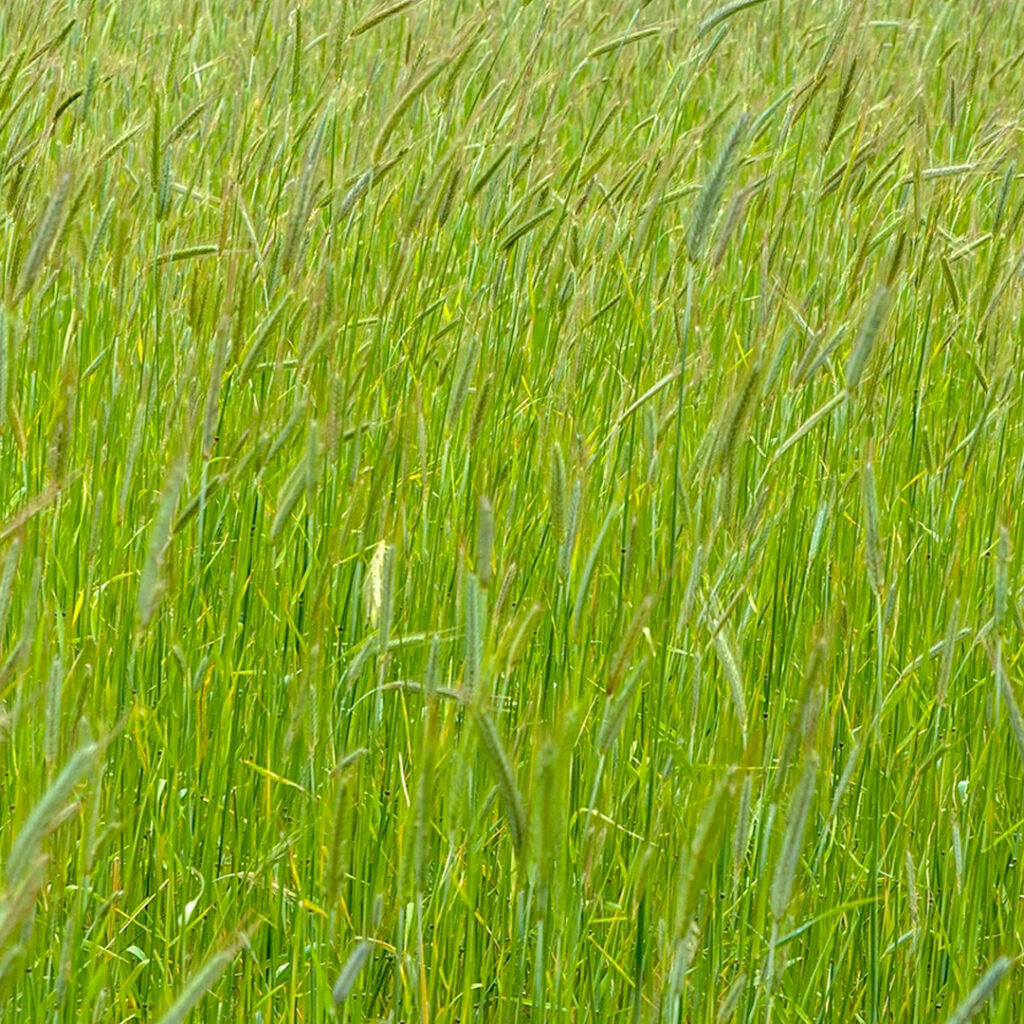
Annual ryegrass (Lolium rigidum) is coarse, an unattractive light green, intolerant of shade, and faster growing than the other turf grasses so that it can stick out above the rest of the lawn. It germinates very quickly, though, so it is sometimes used in a mix as a “nurse crop” when starting a lawn. Its growth discourages weeds from sprouting while the lawn establishes. As an annual that never sets seed (unless you ignore your lawn!) it will be gone after the first year.
Another grass, not used for residential lawns, is bentgrass (Agrostis stolonifera).This is that very fine grass traditionally used on putting greens. It requires plenty of attention: watering, feeding and mowing very short every two to three days. A regular home mower cannot cut bentgrass short enough. It’s an extremely aggressive grass and you don’t want it mixed in with a regular lawn because it will take over.



